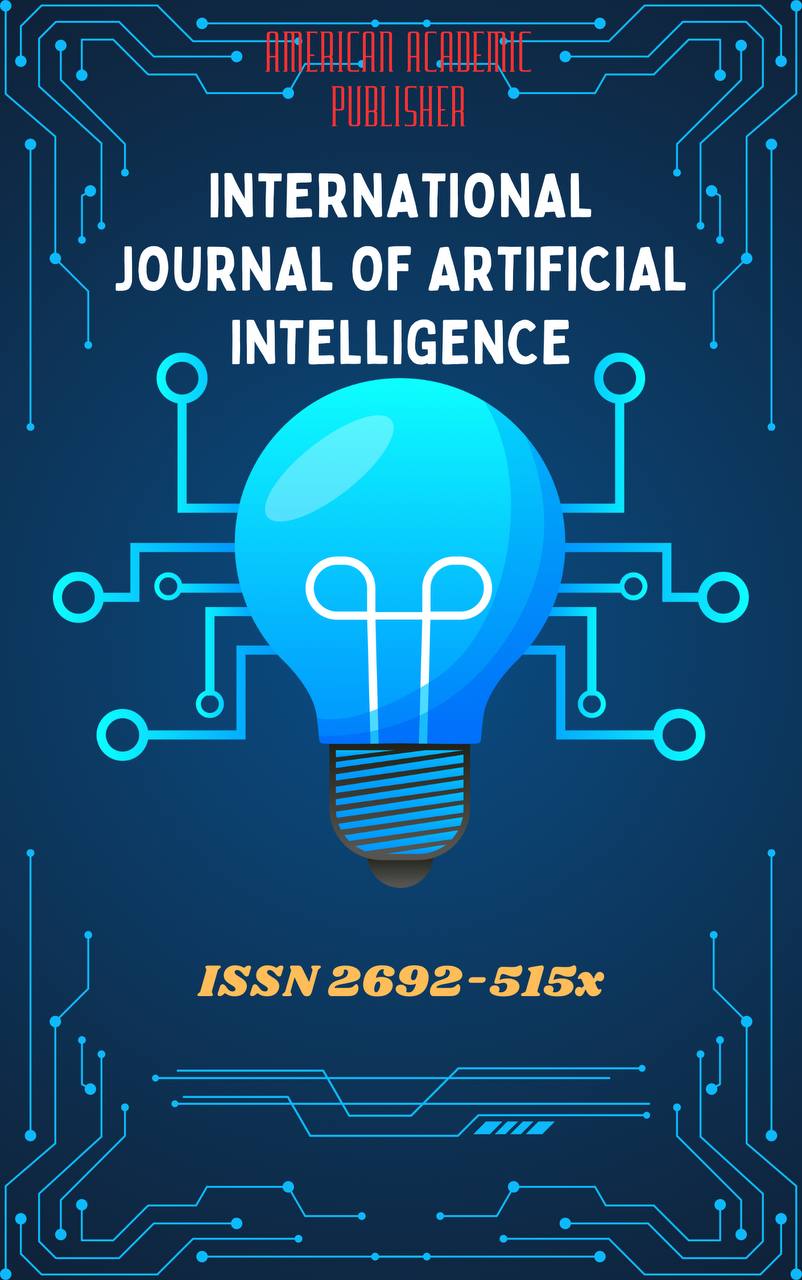 Articles
| Open Access |
Articles
| Open Access | THE ROLE AND INFLUENCE OF ALISHER NAVOI'S CREATIVITY IN CONTEMPORARY UZBEK LINGUISTICS
Qahhorova Zarinabonu , Student of Philology and language teaching: Uzbek language, Faculty of Philology, Karshi State UniversityAbstract
This article explores the significant contributions of Alisher Navoi to the development of the Uzbek language, particularly focusing on his influence on modern Uzbek linguistics. It examines Navoi's role in the standardization of the Chagatai language, the precursor to contemporary Uzbek, and how his works enriched the language’s vocabulary and structure. The article discusses Navoi's impact on lexical enrichment, phonetics, morphology, and the evolution of syntactical structures, highlighting his lasting legacy in both the literary and linguistic fields. Moreover, it analyzes the stylistic and linguistic elements of his writings, offering insights into the transformation of Uzbek from a regional dialect to a refined literary language. Finally, the article addresses the continuing relevance of Navoi’s works in contemporary Uzbek linguistic education and their importance in the study of comparative linguistics. Through his monumental contributions, Alisher Navoi remains a central figure in both the cultural and linguistic development of Uzbekistan.
Keywords
Alisher Navoi, Uzbek linguistics,Chagatai language,language standardization,uzbek language development,lexical enrichment,uzbek literature,linguistic influence,morphology and phonetics,modern Uzbek language,uzbek literary heritage,Alisher Navoi's contributions, comparative linguistics.
References
Alisher Navoiy. Muhokamat ul-lug’atayn.
https://uz.wikipedia.org/wiki/Muhokamat_ul-lug%CA%Bbatayn.
ww.arxiv.uz
www.wikipedia.uz
Article Statistics
Downloads
Copyright License

This work is licensed under a Creative Commons Attribution 4.0 International License.

